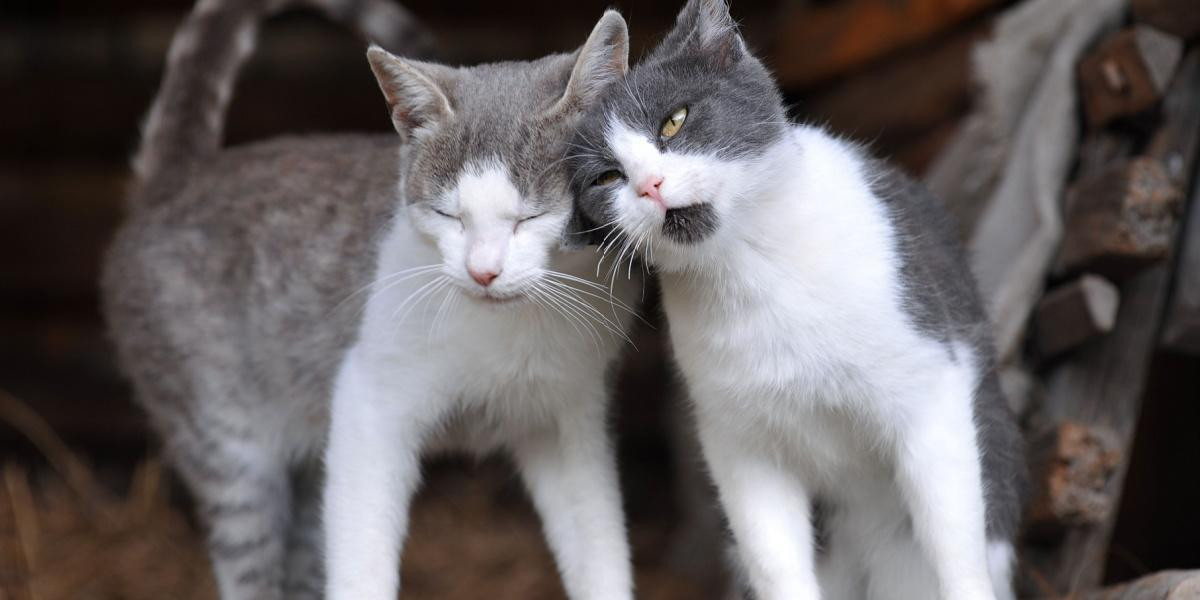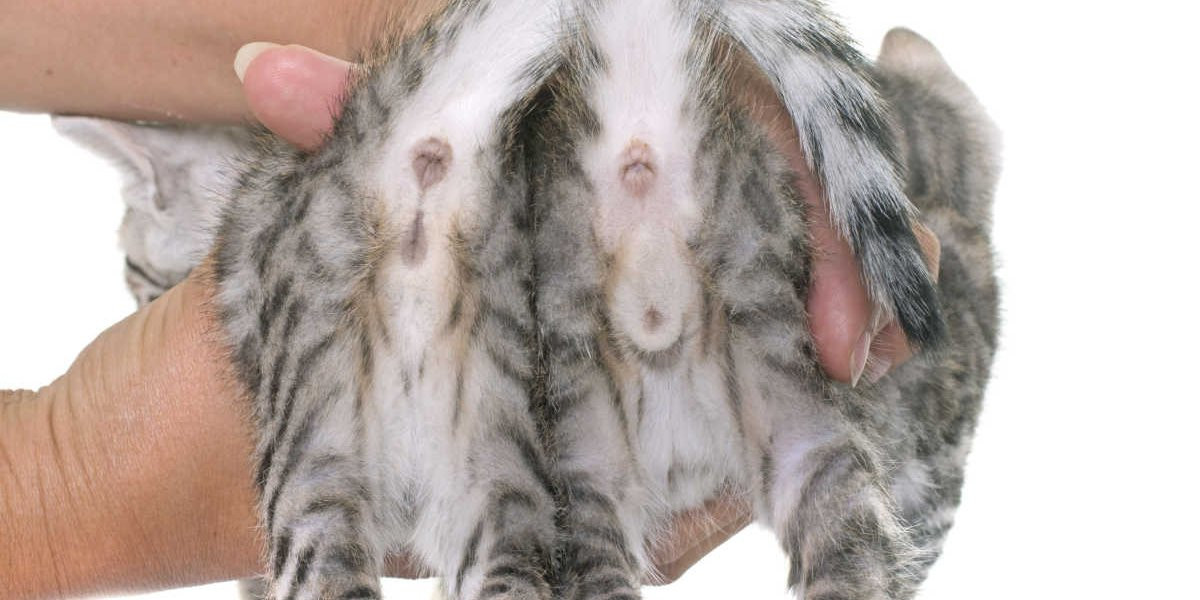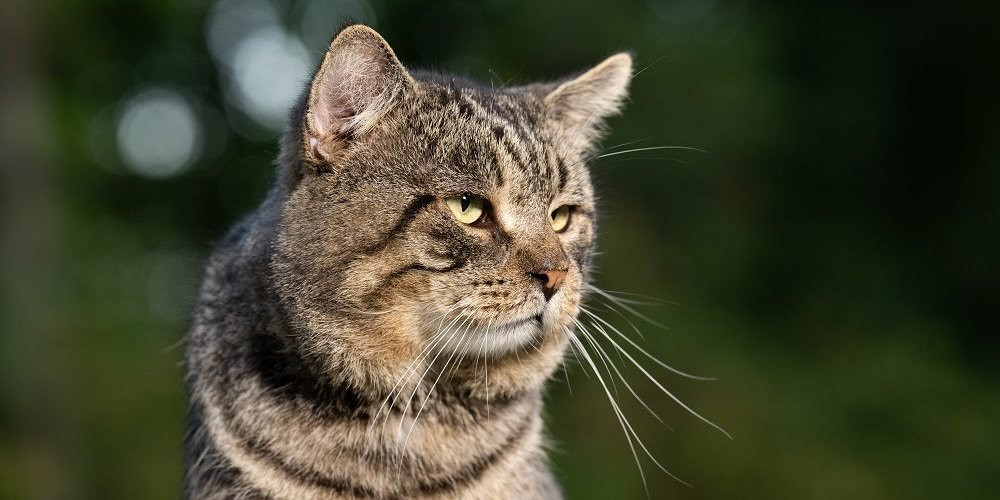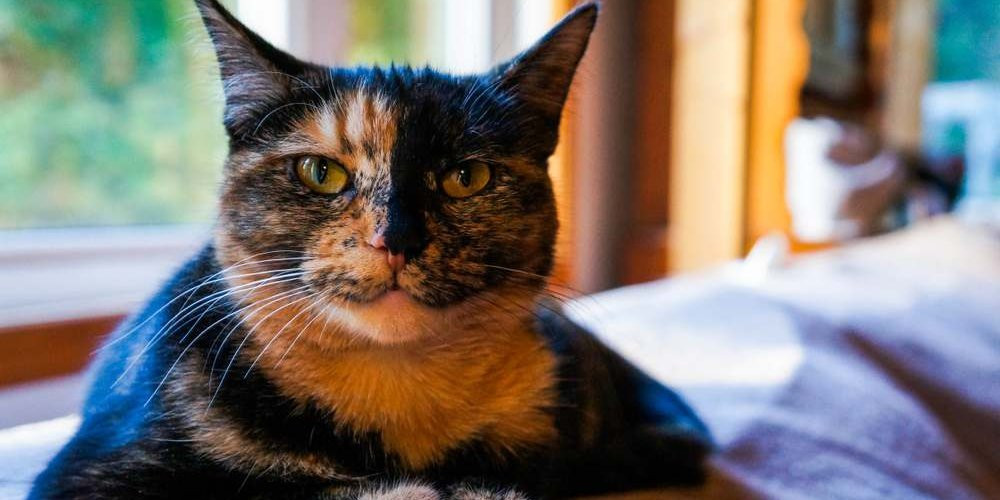 Two cute cats
Two cute cats
Choosing a feline companion often involves considering various factors, and one common question is whether to get a male cat or a female cat. Many cat enthusiasts believe that a cat’s biological sex influences its personality and behavior. You might have heard generalizations like male cats being more affectionate while female cats are more independent, or that male cats are more prone to urine marking. But how much of this is based on fact, and how much is simply feline folklore?
This guide will explore the real differences in appearance and personality between male cats and female cats, helping you understand what truly sets them apart.
Identifying Male vs Female Cats: Biological and Physical Traits
 Checking kittens genitals for sex male or female
Checking kittens genitals for sex male or female
The most fundamental differences between male and female cats are biological, present right from birth in their genitalia. Determining the sex of kittens can be tricky for the untrained eye, especially in newborns, but there are distinct physical cues to look for.
Dr. Alison Gerken, a veterinarian specializing in behavior at the San Francisco SPCA, explains a key distinguishing factor: “Male cats have a noticeably larger distance between their anus and genitals, approximately one inch, compared to female cats, where this distance is only about half an inch.”
In female kittens, the vulva appears as a vertical slit located just beneath the anus, resembling an upside-down exclamation point (¡). In male kittens, the space between the anus and genitals is more significant to accommodate the development of testicles. The penis appears as a small, circular opening below the anus, making the genital area look somewhat like a colon (:).
These distinctions remain as cats mature, with adult male cats developing significantly larger testicles if they are not neutered. However, for neutered male cats, sex identification can be less obvious. The primary method remains observing the shape and position of the opening below the anus. [^1^]
Beyond genitalia, some other physical variations exist between male and female cats, particularly when they are intact (not spayed or neutered):
 Old male tabby cat outside in a yard in summer
Old male tabby cat outside in a yard in summer
The influence of hormones plays a significant role in these secondary sexual characteristics, which are more pronounced in intact cats. Spaying or neutering, especially when done early in life, can alter these developments.
Dr. Gerken elaborates on the impact of neutering on male cats: “Male cats neutered before reaching sexual maturity, typically around 5 to 7 months old, will not develop certain hormone-driven physical traits. These cats tend to have smaller heads and less muscular builds. They also do not develop penile barbs and have less active tail scent glands, which contributes to them being less ‘smelly’ compared to intact males.”
Temperament, Personality, and Behavior Differences: Male vs Female Cats
It’s crucial to remember that a cat’s behavior and personality are complex, shaped by a combination of genetics, environment, early experiences, diet, and health. While some general behavioral tendencies are linked to sex, these are often most evident in cats that have not been spayed or neutered.
Here are some key behavioral differences often observed between female and male cats:
1. Roaming Tendencies
Unneutered male cats are naturally inclined to roam further, driven by hormonal urges to find mates and establish territory. Intact males may wander extensively and be absent from home for days at a time. Female cats, regardless of spaying status, generally roam less, though they may seek mates when in heat (estrus). Neutering a male cat significantly diminishes roaming behavior.
2. Social Interactions
Affiliative behaviors, such as mutual grooming, rubbing, and nose touching, are crucial for cats to build and maintain social bonds.
Dr. Gerken references research on feline social dynamics: “Prior studies have indicated that female outdoor cats tend to exhibit affiliative behaviors more frequently than male outdoor cats. However, these studies did not find sex to be a significant determinant in the frequency of these behaviors among indoor cats.” Feral cat colonies often see groups of females living together, potentially contributing to the higher frequency of these social behaviors in female outdoor populations. [^4^]
3. Aggression Levels
Aggression in cats is multifaceted, stemming from various causes in both sexes. However, Dr. Gerken notes that unneutered male cats may be more prone to aggression towards other males, primarily due to competition over territory and mating opportunities. Spaying or neutering can be effective in reducing aggression in some cats.
4. Heat Cycle Behaviors
Unspayed female cats undergo distinct behavioral changes during their heat cycle. These “heat” behaviors include increased affection and clinginess, excessive purring and vocalization (often a distinctive “yowling”), restlessness, rolling on the floor, and increased grooming. Spaying completely eliminates these heat-related behaviors in female cats.
5. Urine Spraying and Marking
It might be surprising to learn that urine spraying is a normal communication behavior in both intact male and female cats. It serves as a way to mark territory and attract mates. Spaying or neutering is often effective in reducing or stopping urine spraying.
However, even after spaying or neutering, some cats continue to urine mark. Research indicates that around 10% of neutered males and 5% of spayed females may continue spraying into adulthood, irrespective of the age at which they were altered. [^5^]
Dr. Gerken clarifies that urine spraying can have motivations beyond territorial and sexual signaling: “Cats may spray in response to stress, relocation, changes in routine, inadequate litter box conditions, or underlying medical issues.”
Color-Linked Personality Myths vs Reality
 A tortoiseshell cat peacefully resting on a sofa, showcasing its unique and colorful coat.
A tortoiseshell cat peacefully resting on a sofa, showcasing its unique and colorful coat.
Popular beliefs often link cat coat color to personality. For example, tortoiseshell cats are often associated with a fiery, independent temperament known as “tortitude.” Similarly, calico cats are sometimes seen as equally spirited, while orange cats are frequently perceived as exceptionally friendly and docile. But are these color-based personality stereotypes valid, or are they simply myths?
Scientific research in this area is limited. One study focusing on pet owners’ perceptions found that calico and tortoiseshell cats were reported to exhibit higher levels of aggression-related behaviors, such as hissing, chasing, biting, swatting, or scratching when interacting with humans. [^6^]
However, Dr. Gerken advises caution in interpreting these findings, as they rely on subjective owner reports. “Preconceived notions about color-linked personalities might lead owners to selectively notice and report behaviors that align with these stereotypes,” she explains. “Ultimately, each cat is an individual with a unique personality, regardless of their coat color.”
Male Cats vs Female Cats: Weighing the Pros and Cons
Both male and female cats offer wonderful companionship, known for their affectionate and playful natures, often retaining a youthful spirit throughout their lives. While generally adaptable and easygoing, intact males can exhibit territorial behaviors that require understanding and management. Let’s consider some of the advantages and disadvantages often associated with each sex:
Male Cat Advantages
- Affectionate Nature: Male cats are often very affectionate and enjoy physical closeness with their owners.
- Playful Demeanor: They tend to maintain a playful, kitten-like energy level even as they mature.
- Easygoing Temperament: Male cats are generally known for being more adaptable and less prone to stress from environmental changes.
- Reduced Territorial Marking (Neutered): Neutered males are less likely to engage in urine marking compared to their intact counterparts.
Male Cat Disadvantages
- Urine Spraying (Intact): Unneutered males have a higher likelihood of urine spraying to mark their territory.
- Roaming Tendencies (Intact): Intact males possess a stronger instinct to roam and explore, potentially leading to them venturing far from home.
Female Cat Advantages
- Lower Marking Tendency (Spayed): Spayed females are generally less prone to urine marking compared to male cats.
- Less Aggressive Tendencies: Female cats are typically less likely to exhibit aggressive behaviors.
- Adaptability: Female cats can be quite adaptable to changes in their home environment.
Female Cat Disadvantages
- Heat Cycles (Unspayed): Unspayed females experience heat cycles, which can involve loud vocalization, restlessness, and a strong urge to go outside.
- Pregnancy Risk (Unspayed): If not spayed, female cats can become pregnant, leading to the responsibility of caring for kittens.
- Independence: Some female cats may be more independent and less inclined to cuddle or seek constant attention compared to some males.
View Sources
[^1^]: How to Tell the Sex of a Kitten
[^4^]: M.W. Blanchard, R.A. Hinde, Social relationships in domestic cat colonies: Preliminary evidence for social organization, Animal Behaviour, Volume 47, Issue 4, 1994, Pages 967-979, ISSN 0003-3472,
[^5^]: Hart, B. L., & Barrett, R. E. (1973). Effects of castration on marking behaviour and on 5α-reductase in the male cat. Journal of Reproduction and Fertility, 35(2), 381–384.
[^6^]: UC Davis study finds calico, tortoiseshell cats to be most aggressive
Cats.com utilizes reputable and credible sources, including peer-reviewed research, to ensure the accuracy of the information presented in our articles. Our content is regularly reviewed and updated. Visit our About Us page to learn more about our editorial standards and meet our veterinary review board.

